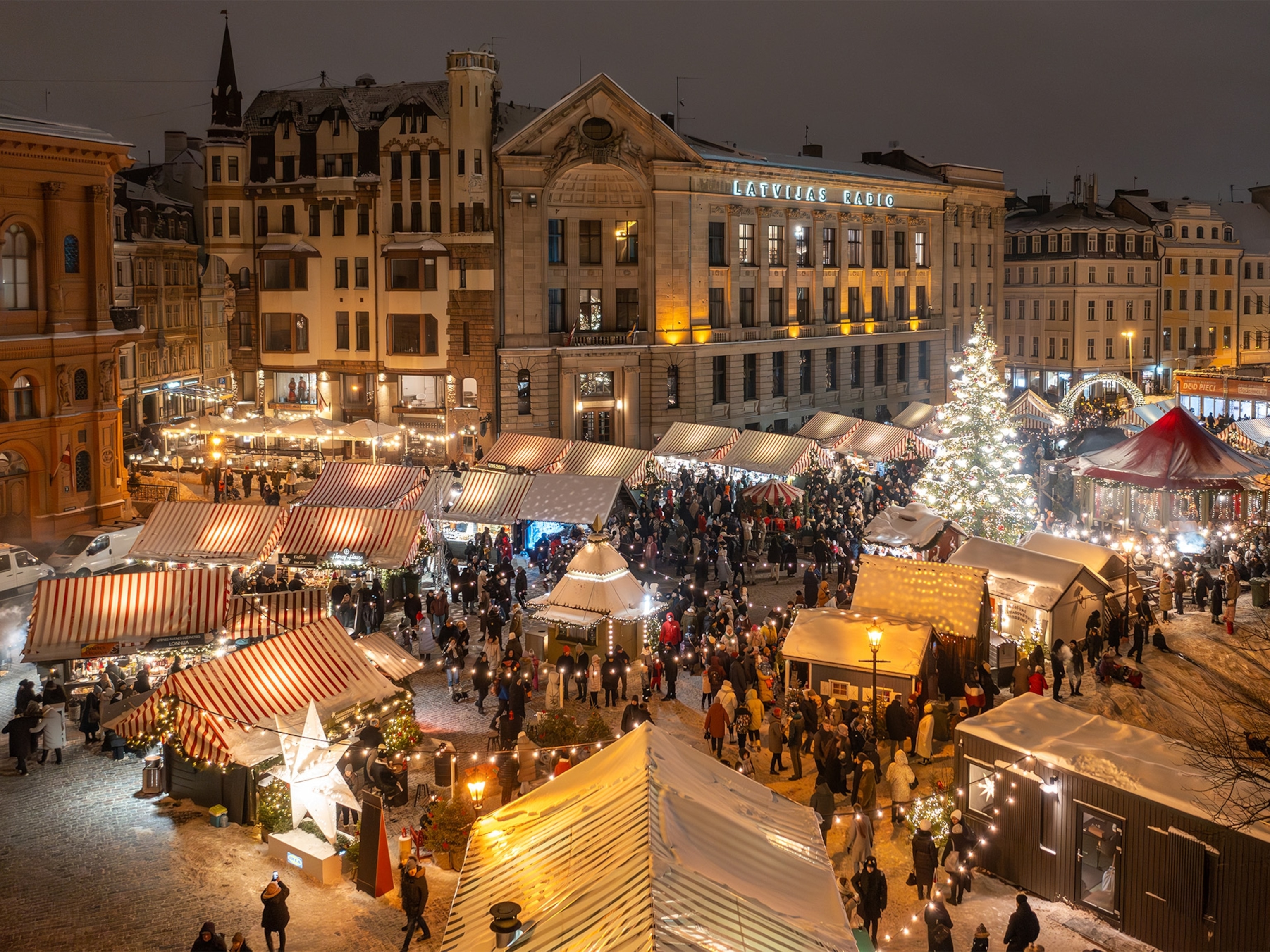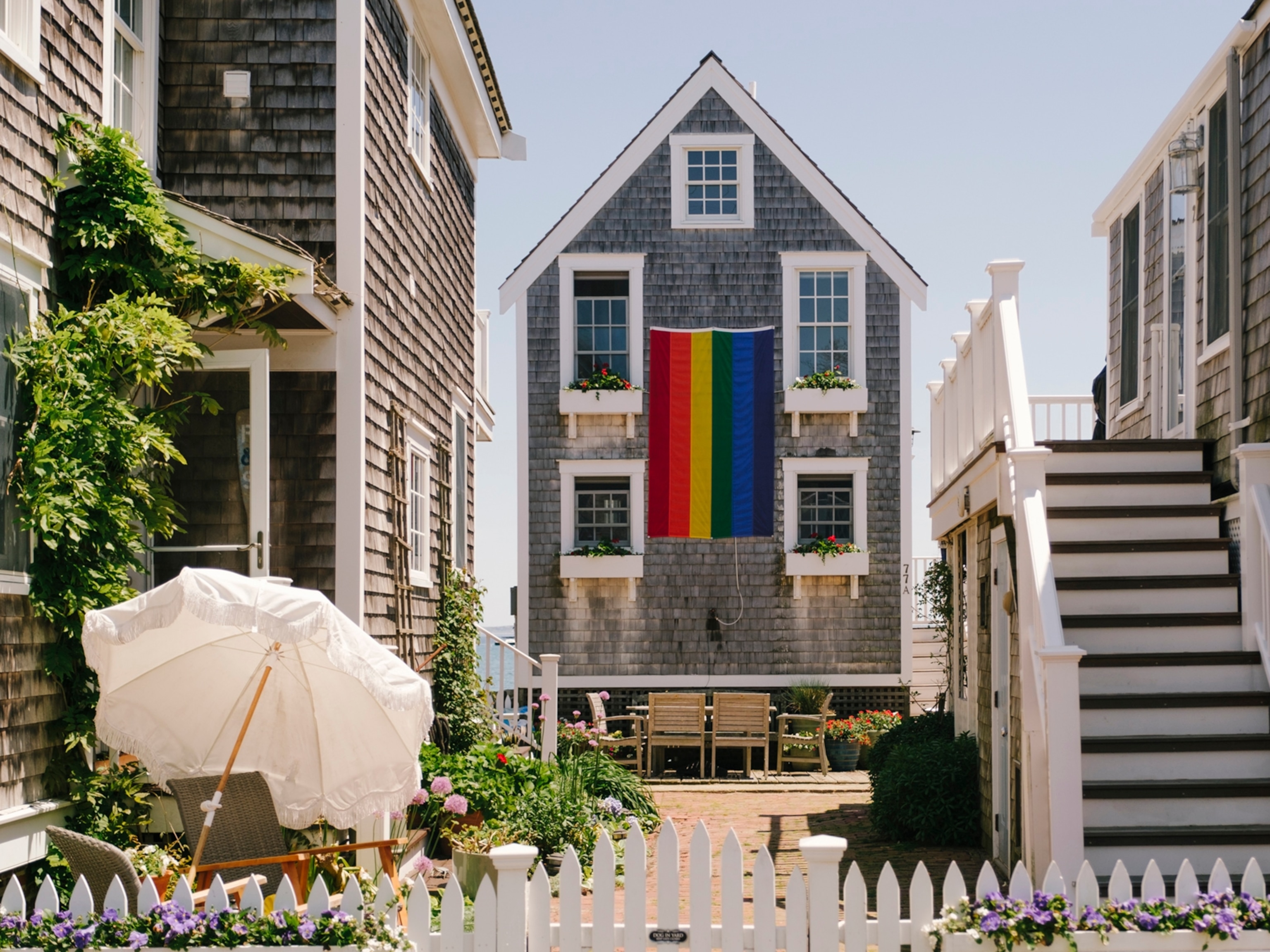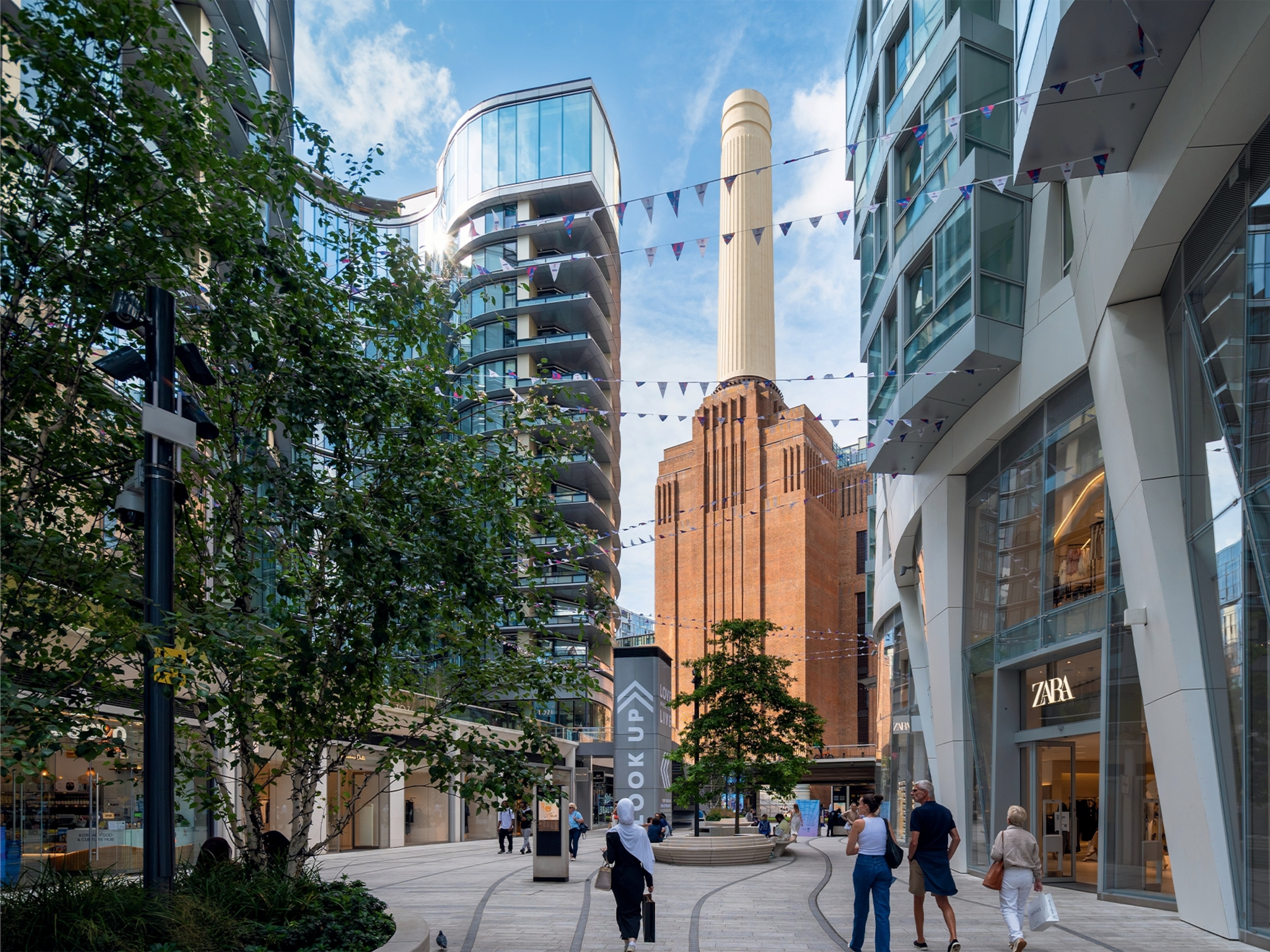A guide to Oxford beyond the university
This hallowed city is synonymous with its venerable university — but there’s much to see beyond the sandstone halls of its colleges, from a botanic garden that dates back centuries to cultural spaces with an eye on the future.
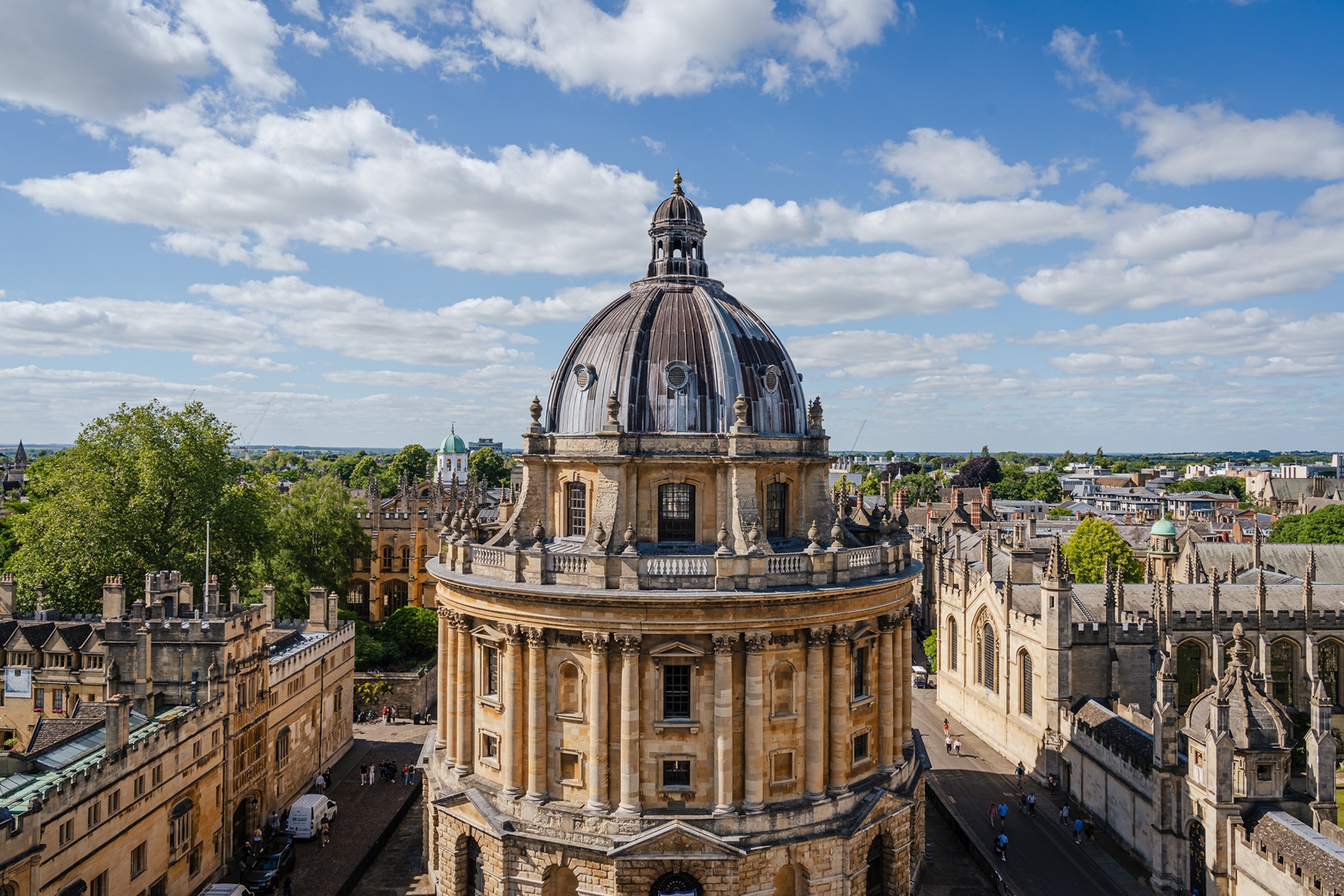
Oxford carries the sort of heavyweight intellectual clout that could make you feel inadequate. Its centre is dominated by the University of Oxford’s gothic sandstone buildings — among them the majestic Bodleian Library — and its plethora of towering steeples has earned it the nickname ‘city of dreaming spires’. Gargoyles stare down from the likes of Christ Church Cathedral. Statues of past kings tower above passersby on the facade of the university’s Oriel College, one of 43. Alumni such as Oscar Wilde, Lewis Carroll and Monica Ali have penned some of the UK’s greatest works of literature, while politicians from across the globe have been educated here.
Today, walking tours ferry visitors from place to place, exploring the city’s illustrious history and gathering to peer in through the university’s gates. Students scurry in and out, textbooks in hand, often swishing with the black flow of their exam gowns.
Yet there are two sides to the city, and they haven’t always seen eye to eye. Beyond the ‘gown’ — the university and its student population — lies the proverbial ‘town’. There’s a history of conflict between the academic body and the city’s other residents, stemming from the St Scholastica Day riot of 1355, in which several scholars were killed after complaining about the quality of the wine in a local pub. And the university is now facing up to another source of conflict, slowly acknowledging its past connections with colonialism and slavery through gestures such as information boards.
To get a full sense of life here, look beyond the institution, too. Creative initiatives, intimate cafes and boutiques selling hand-picked goods have made homes in many of the city’s ancient buildings, bringing modernity to what could’ve been a starchy city centre. Venture beyond Oxford’s educational heart, and you’ll find yourself in neighbourhoods where locals have set up social enterprises and host community-run events. Buzzy Cowley Road, east of the centre, is peppered with down-to-earth pubs, cafes and international restaurants beloved by locals, while Jericho to the north west has its own cafe and cocktail bar scene, with several gastropubs to boot.
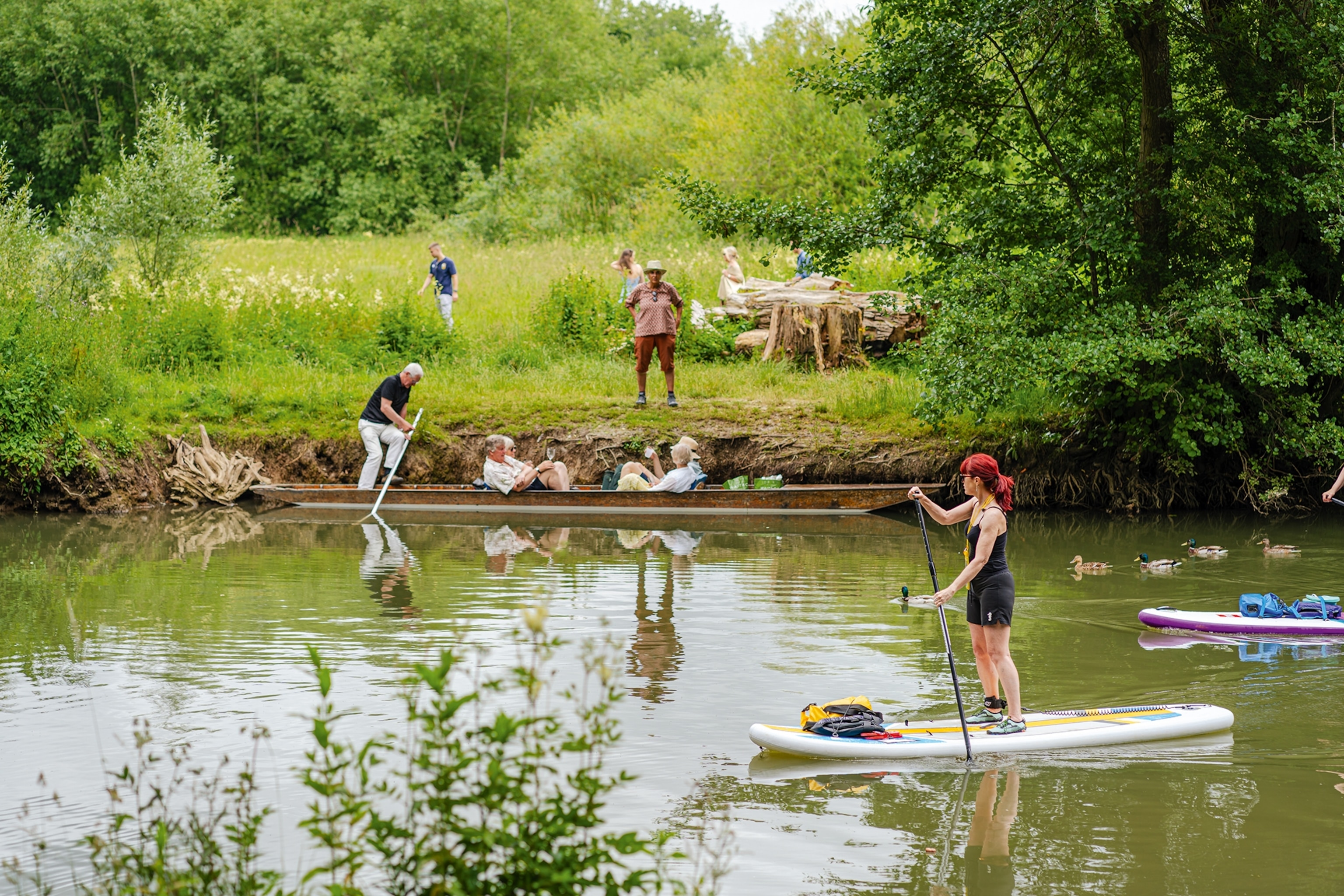
The city is flanked by two rivers, the Thames and the Cherwell, and surrounded by parks, meaning you’re never too far away from green, open spaces. Weeping willows drape over the riverbanks, and ducks, moorhens and geese mooch about in tall wetland grasses. Sitting by the banks, among students taking a break from the pages, Oxford seems less intimidating, after all.
What to see and do in Oxford
1. Punting
Sunny afternoons in Oxford are rarely better spent than punting along the slow-moving River Cherwell. Head just north of the city centre to Cherwell Boathouse, grab a pole and hop on board your own flat-bottomed wooden vessel. From here, you can meander upstream past farm fields and riverside pubs into suburban Sunnymead; as long as you return before closing time, you don’t need to commit or restrict your outing to an agreed number of hours.
2. Oxford Botanic Garden
Dating back to 1621, this is the UK’s oldest surviving botanic garden. There are nearly 5,000 different plant species just off the High Street, making it — in proportion to its compact size — one of the world’s most diverse collections of flora. Look out for everything from a water lily glasshouse to a medicinal plants bed. The Autumn Border area is designed to look its best in September and October.

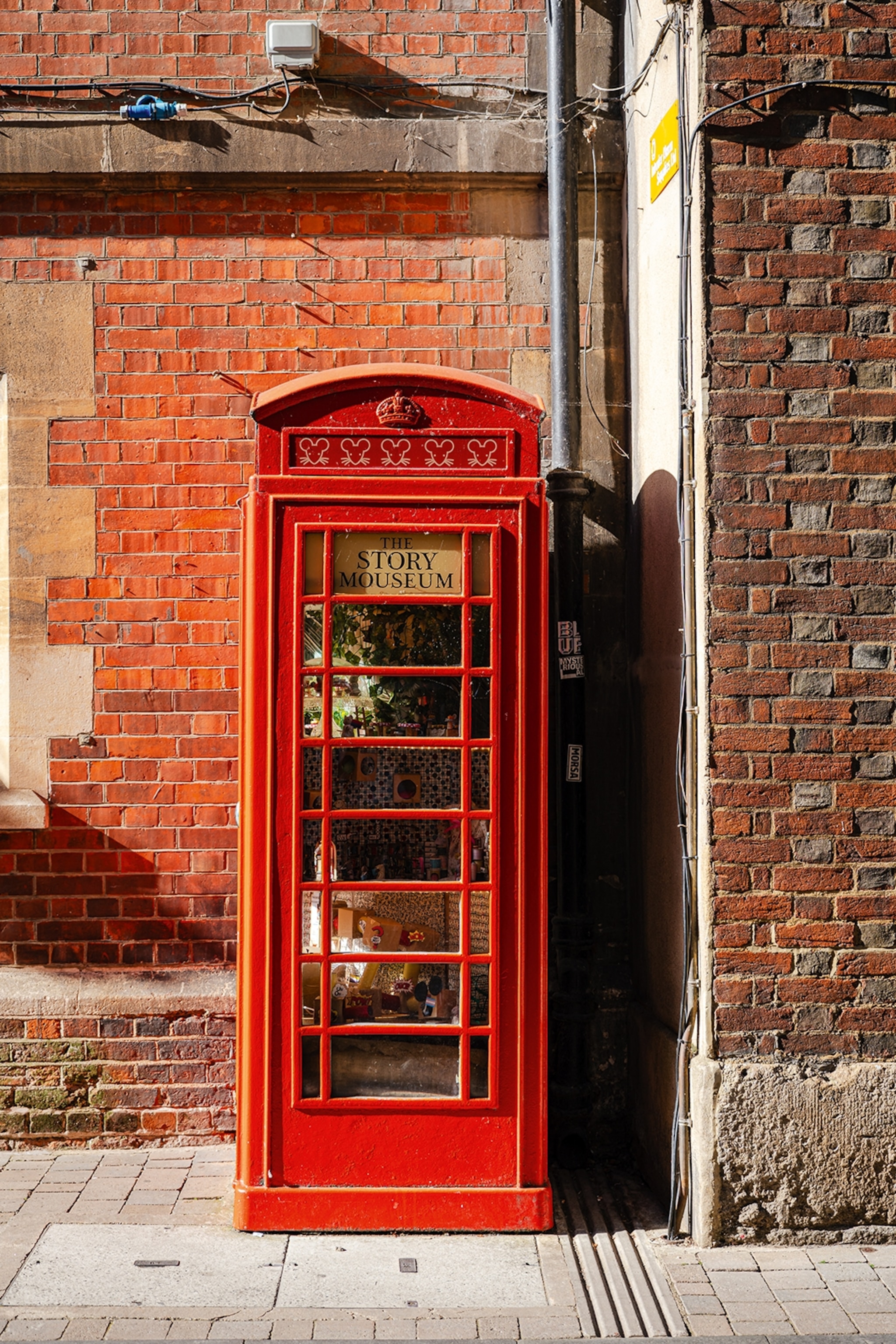
3. The Story Museum
This family museum is home to interactive exhibitions exploring the importance of stories in our society. There’s a Whispering Wood, where ‘talking’ trees tell secrets, and an Enchanted Library, which invites visitors to slip between the shelves and experience key moments from popular books. You can even ‘board’ the Story Craft, a cinema showing an aerial tour of the city’s literary history.
4. The Original Uncomfortable Oxford Tour
Less a tour than a roving debate about social justice, this guided walk visits the city’s most popular sights and uncovers their links with patriarchy, colonialism and slavery. It’s led by PhD students or lecturers, who’ll tell you about the university’s first Black African student, Christian Cole, who attended in 1873; and the women who studied here but whose degrees were not formally recognised until 1920.
5. Modern Art Oxford
One of the UK’s leading contemporary art spaces, this unassuming city-centre gallery has hosted works by the likes of Robert Mapplethorpe, Yayoi Kusama and Marina Abramović. Exhibitions range from painting and sculpture to immersive artworks, all centred around the theme of social change. It was refurbished over the summer and will reopen in October 2024 with a new gallery.

6. Pitt Rivers Museum
Inside the Oxford University Museum of Natural History, the Pitt Rivers houses one of the world’s most important collections of ethnography and archaeology. Its objects, from masks and traditional dress to weaponry, were amassed by Colonel Augustus Pitt Rivers during his time in the military; descriptions acknowledge the questionable way in which many of the artifacts were acquired.
See the city like a local
1. East Oxford Market
Oxford’s local producers and creative sellers congregate on Collins Street, in the Cowley area, every Saturday from 10am to 1pm for a community-run farmers’ market. Pick up everything from homemade granola to small-batch gin, speciality bread to award-winning preserves made in nearby Abingdon. The website is regularly updated with details of the weekly vendors plying their wares.
2. Park life
Join Oxford’s student population at Port Meadow, a riverside green space north west of the city centre. On sunny days, before finding a spot by the Thames, gather picnic essentials at the Covered Market’s delis and sandwich shops. The panuozzi (Neapolitan-style pizza sandwiches) from Il Corno, stuffed with everything from pancetta and smoked provola to Nutella, are supremely comforting.
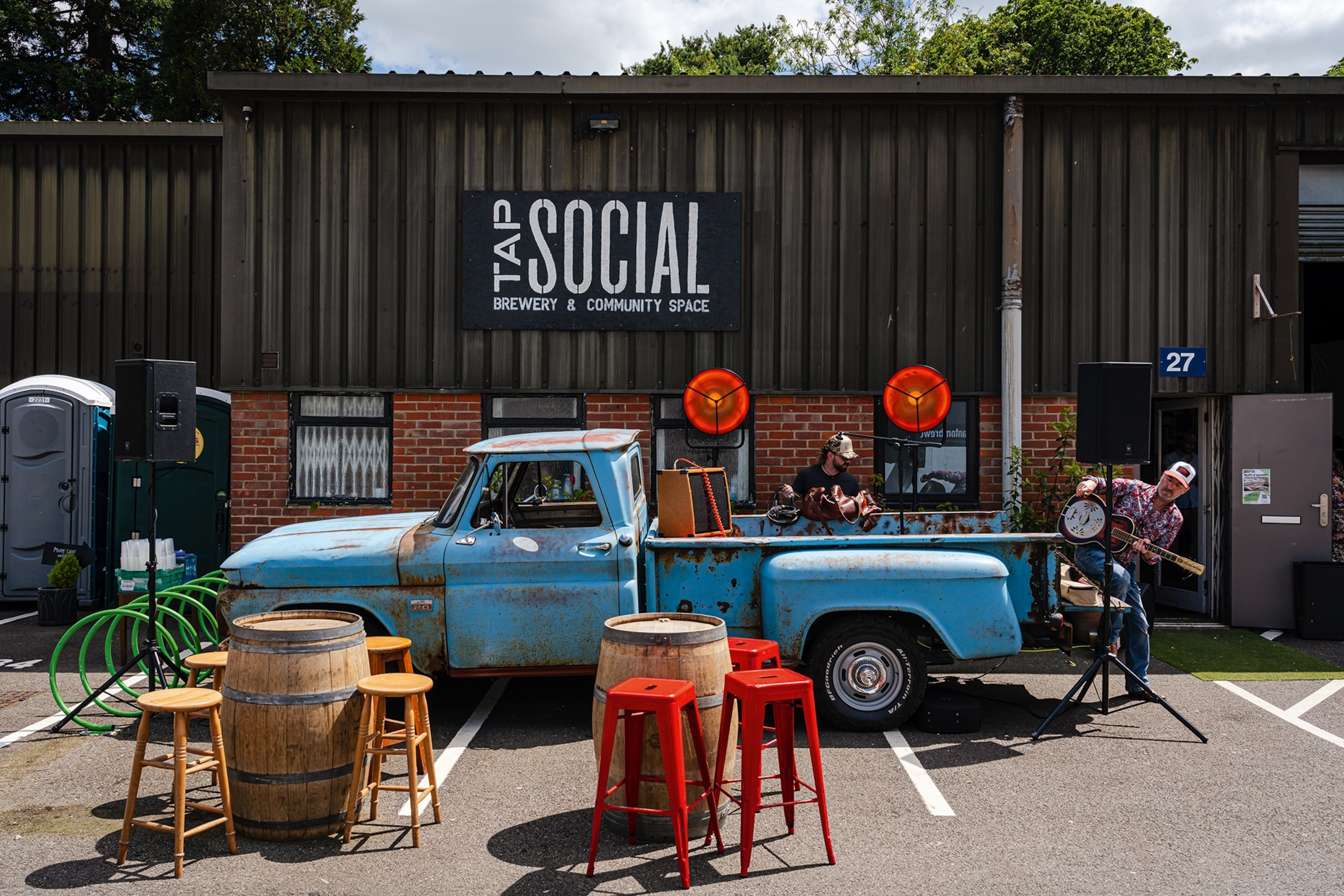
3. Industrial entertainment
A 30-minute bus drive west from the centre, the Curtis Industrial Estate is perhaps not the most auspicious location. But it’s here you’ll find social enterprise Tap Social Movement — a warehouse bar, craft brewery and bakery that provides training and employment for prisoners and prison leavers. It also happens to be an excellent hub of entertainment and events, from author book talks to folk gigs.
Where to shop in Oxford
1. Objects of Use
Everyday objects have never looked as appealing as they do on the rustic shelves of this shop. It’s a trendy, ethical take on an old-fashioned hardware store, located just outside the Covered Market. There are hand-polished aluminium fountain pens; traditionally bound notepads from Portugal; and unusual children’s gifts like the Klangturm wooden musical sound tower, which looks as much like a sculpture as it does a toy.
2. Goodies
Oxford’s central Covered Market turns 250 in 2024, so celebrate by scouring its permanent shops and stalls. A new opening, Goodies sells a sustainable collection of contemporary menswear. Choose from the mainly UK brands on sale, from small, Birmingham-based leather makers Barnes & Moore to Oaken, a friend duo who produce colourful mohair socks in Cornwall.
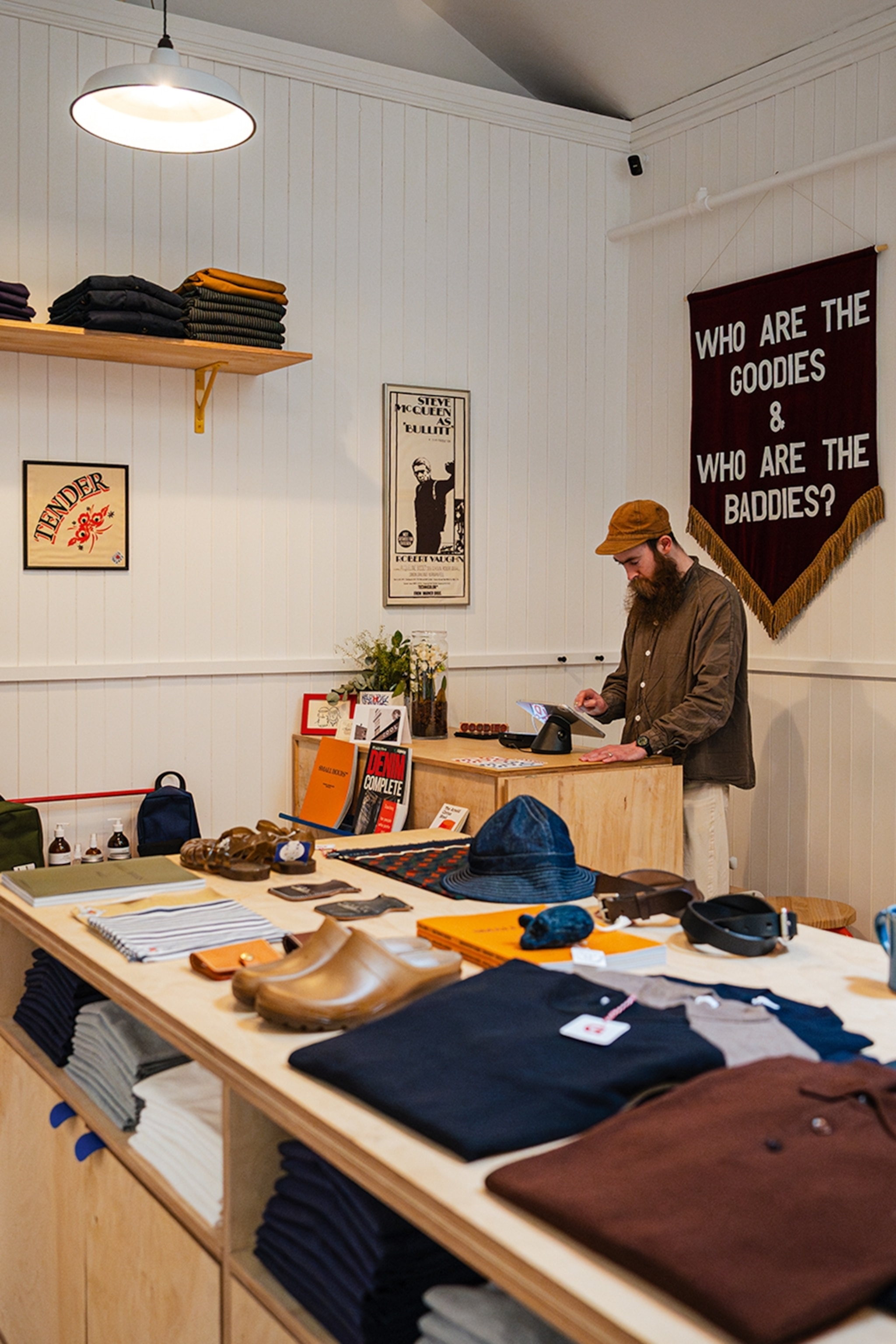
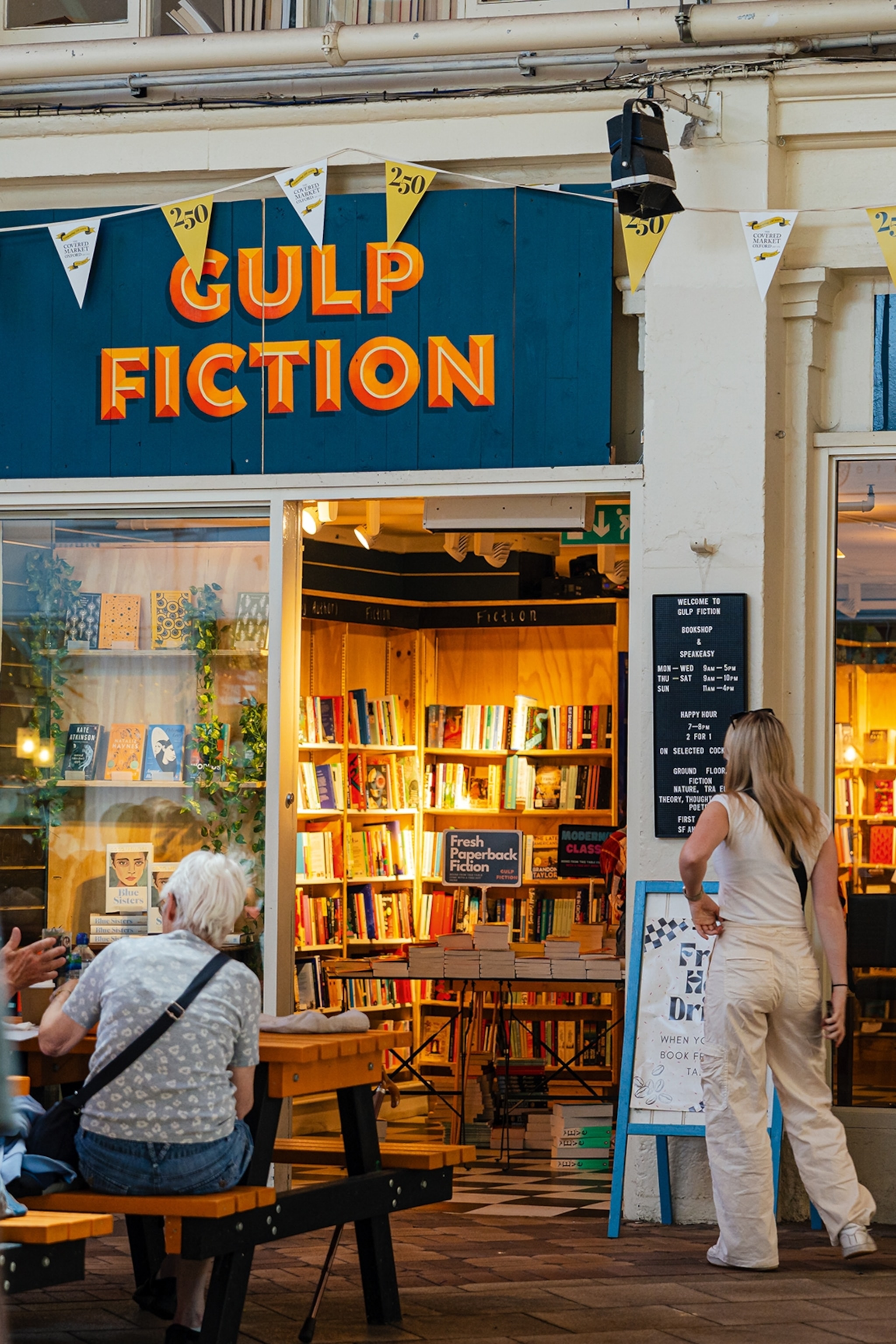
3. Gulp Fiction
This little bookshop is easy to miss amid the hubbub of the Covered Market. Pick from the collection of niche titles, curated by local owner Oliver Mason, and you’ll get a free drink token for the shop’s cafe — it serves artisanally roasted coffee, craft beer and wine from a local supplier. Don’t be surprised if you happen upon an event, as the space regularly hosts quizzes, readings and book club meets.
Where to eat in Oxford
1. Najar’s Place
Prepare to queue for the pleasure of Najar’s falafel. This tiny street stand on St Giles, opposite The Randolph Hotel and next to Balliol College, has been a magnet for hungry students seeking sustenance between lectures for 20 years. Served with salad, the eclectic falafel combinations range from coleslaw to lamb mfarakeh (an Arab dish of potato, egg, ghee, cumin powder and chopped coriander).
2. Gees
Just north of the centre, on Banbury Road, this all-day restaurant occupies a Grade II-listed Victorian glasshouse with a patio garden — easily one of the prettiest dining settings in the city. The menu complements the sun-washed ambience with Italian- and Spanish-inspired dishes, such as burrata and avocado on toast for brunch or linguine with chilli, garlic and Cornish crab for lunch and dinner.
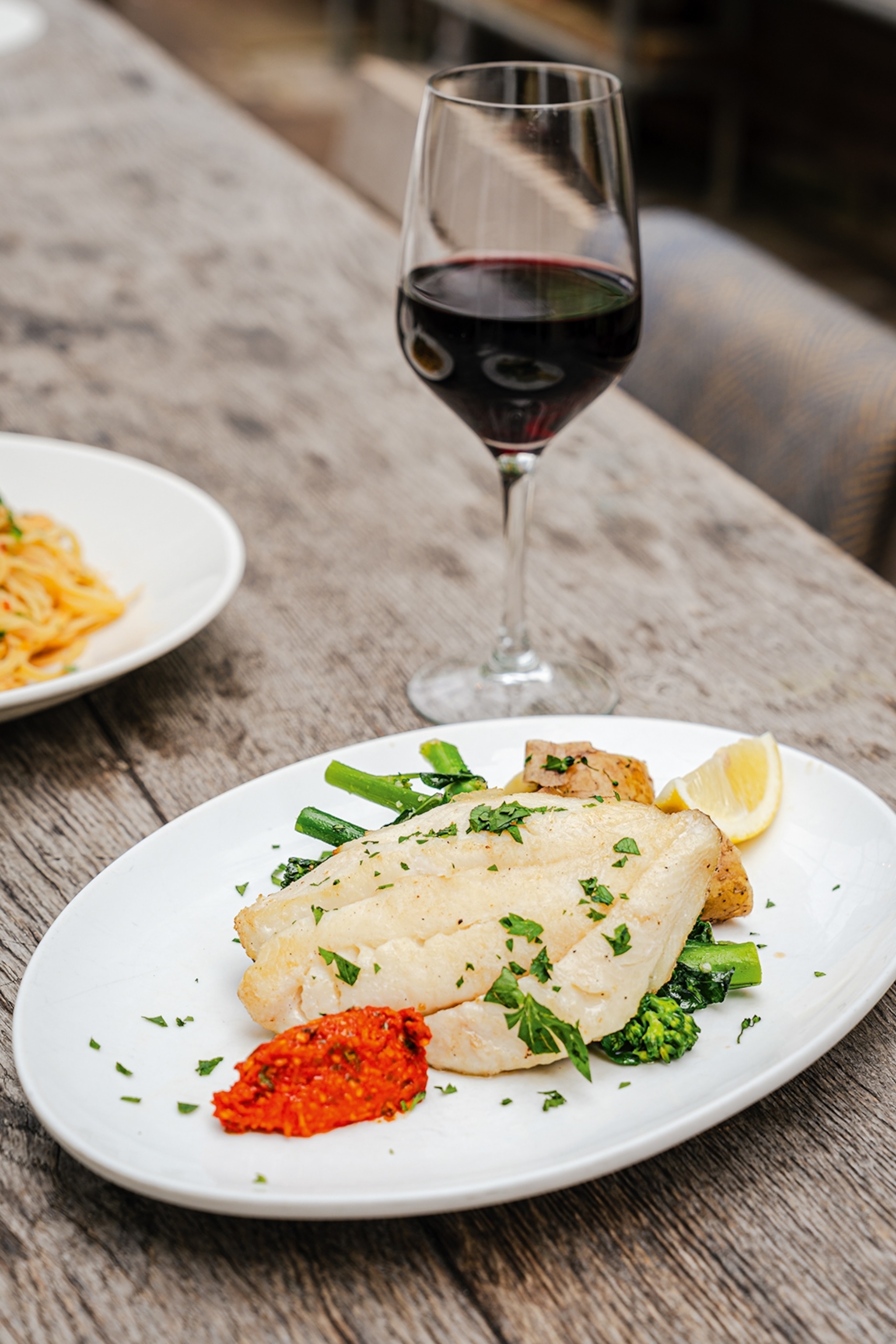
3. Six by Nico Oxford
Set on the rooftop of the Westgate Oxford shopping complex, south west of the centre, this tasting menu-only restaurant offers fine-dining-style food for lunch and dinner. Like all branches of the nationwide Six by Nico chain, the six-course line-up here changes every six weeks. Dishes are themed each time on a different destination or concept, from a classic Scottish chippie to a bistro on the Amalfi Coast, all with wine pairings.
Where to go after dinner
1. The Oxford Wine Café
Boutique, small-batch wine is the name of the game at this casual but chic bar in Jericho. It has minimalist decor that lets its huge selection of labels from across the world do the talking from US Pinot Gris to English sparkling and Portuguese Vinho Verde. Look out for the glass panels in the floor, which offer a view down into the extensive cellar.
2. Lamb & Flag
Sitting on St Giles road across from The Randolph Hotel, this old-school, much-loved pub has been a student haunt for centuries. Owned by St John’s College, it once hosted the Inklings, a literary discussion group whose members included Tolkien and C S Lewis. Today, it’s run by the modern iteration of the Inklings group and pulls reasonably priced pints of real ale, as well as craft beers from Oxford and beyond.
3. Raoul’s
You’ll need to arrive early for a space in this tiny, cosy bar — the trendy Jericho neighbourhood fills with revellers on weekends, and Raoul’s has the best drinks in the area. It’s one of the country’s oldest independent cocktail bars, and the experience shows. The bartenders can make almost anything you please, but better still, ask for a surprise and they’ll craft something to suit your tastes.
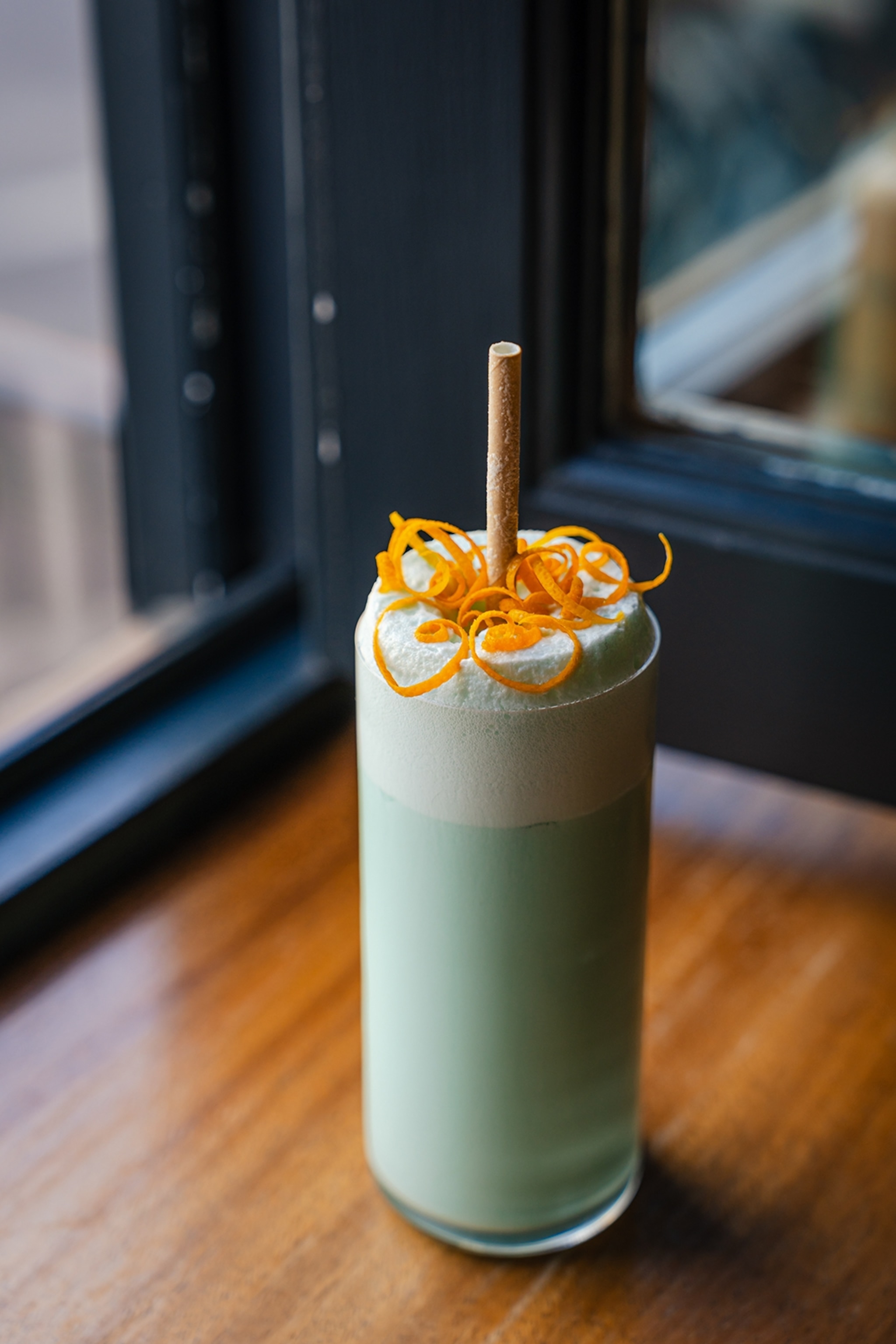
Where to stay in Oxford
1. The Porterhouse
Situated by the train station, this suburban pub is beloved by locals for its moody bar and dry-aged steaks. The soundproofed bedrooms upstairs are great value, too. Dark walls are pleasantly contrasted with vibrant, colourful accents, from the glass lamps to terracotta-coloured pillows and curtains, while abstract black-and-white photography throughout the property gives it a quirky, gallery feel.
2. The Randolph Hotel
Sitting proudly on Beaumont Street, this Oxford institution was given a face lift in 2019. The bones of the listed building remain, but the interiors are now a maximalist’s dream. Expect bedrooms with bold wallpaper and floral carpets, and cabinets carved with patterns from the Bodleian Library ceiling. The Alice restaurant serves seasonal British food beneath chandeliers.
3. The Store Oxford
The city’s newest hotel has given former much-loved department store Boswell & Co a new lease of life. Its interiors are all clean lines and modern furnishings, with a splash of history from the shop’s photography archive. Meals, including a brunch option of green shakshuka, are dispensed from the former pharmacy, while cocktails are served on the roof overlooking Trinity College, a five-minute walk away.
Oxford is located six miles west of the M40 and less than two miles from the A34; if driving, use the Park & Ride in Botley, Peartree or Thornhill. Oxford train station has direct connections with London, Manchester, Birmingham and more. National Express coaches run from Gloucester Green in the city centre, with connections to Liverpool, Birmingham, Milton Keynes, London Heathrow and Bournemouth. Getting around is easy — Oxford is a very walkable city, but for weary feet there are buses serving every suburb.
When to go:
Oxford is a tempting prospect at almost any time of year. In winter (November to February), temperatures can dip below zero, but the city takes on a rather romantic atmosphere in frost or snow. Summer in the city centre can be sweltering, with the mercury often hitting the mid 30Cs. Late spring (May and early June) is a spectacular time to visit, when the trees blossoms and temperatures are more palatable, at around 20-25C.
More info:
experienceoxfordshire.org
The Rough Guide to the Cotswolds, Stratford-upon-Avon & Oxford. £15.99
This story was created with the support of The Store Oxford.
To subscribe to National Geographic Traveller (UK) magazine click here. (Available in select countries only).



